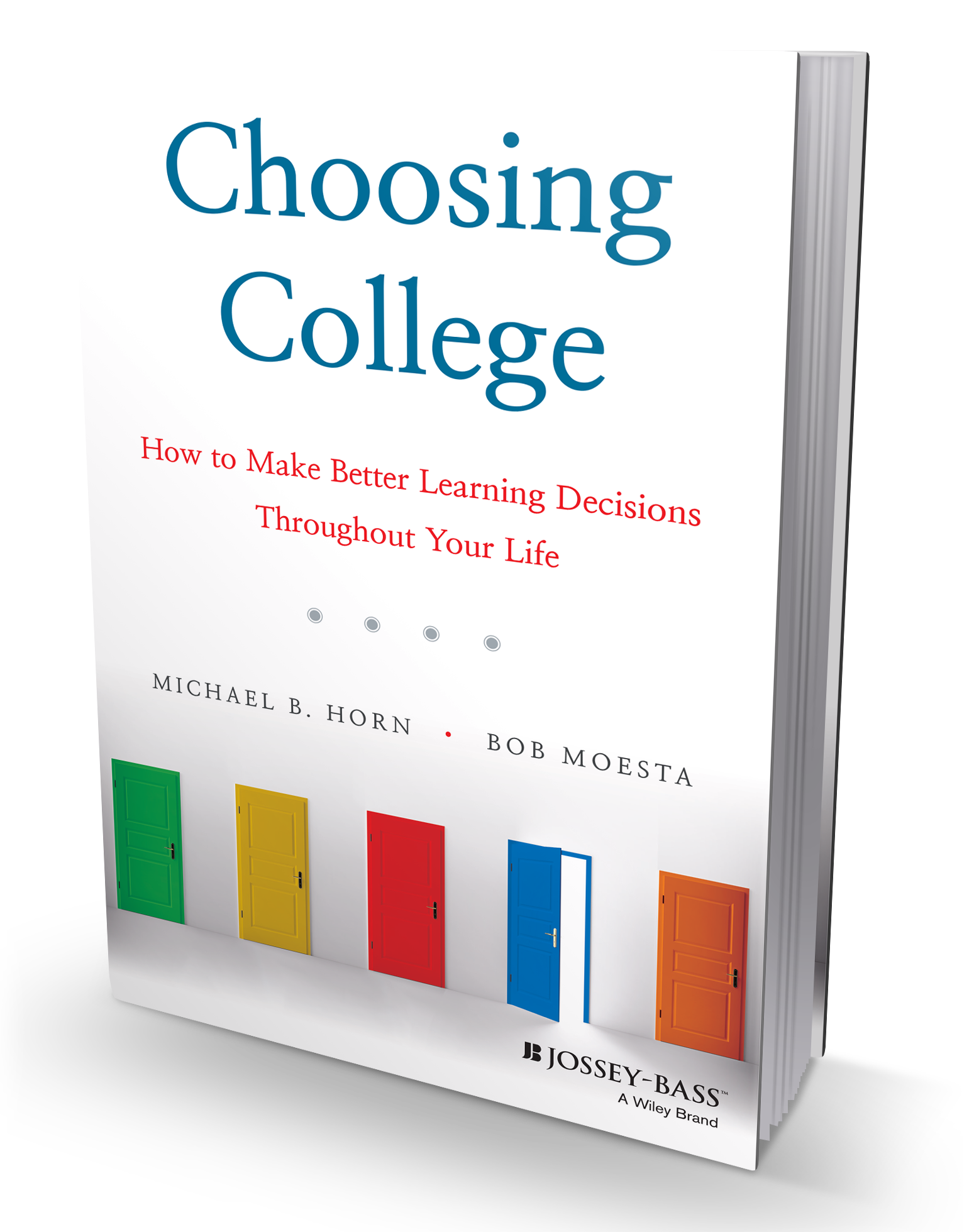In the United States, we have a college-choosing problem.
It’s different and more complicated than it’s ever been. For most students, a mistake can have serious consequences. That’s why understanding why you’re going and what you hope to get out of the experience is so important.
More people apply to more places
More than two million high school graduates go to college each year.
A generation ago, approximately 1.5 million high school graduates attended college. A generation before that? Just 750,000 high school graduates went to college.
Some students obsess over the college-choosing process. They spend months applying to multiple colleges and anguish as they choose which school to attend.
One student we interviewed, Kolby (the terms of our research protocol required that we use pseudonyms), visited 18 colleges as he decided where to apply.
He did everything he could to get in. He did not sign up for Junior ROTC, an interest of his, because it would count as a class and lower his weighted grade point average (GPA). He signed up for Model United Nations because he thought it would make him look more attractive. His mother was part Native American, but he lacked the official recognition, so he worked to change that so he would have a leg up as an ethnic minority. As he looked at his grades and extracurricular activities, Kolby felt sure he would get in everywhere he applied.
The group of students like Kolby is growing. In 1990, just 9% of students applied to seven or more colleges. By 2016, 35% did. A subset of students applies to 20, 30, or even 50 schools. The stress of the choosing process is overwhelming.
Stop stressing about whether you’ll get in
But here’s the dirty secret.
If your goal is to get into college, you will get in. Fewer than 100 colleges are highly selective, which means they accept less than 25% of applicants. Nearly 500 four-year colleges accept more than 75% of applicants. There are also open-admissions colleges that accept nearly everyone who graduates high school.
As Frank Bruni documents in his best-selling book, Where You Go Is Not Who You’ll Be, if you go to a nonselective school, build a strong network, and work hard — while in college or afterward — you can do more than just fine. You can become a leader in your field. John Katzman, the founder of such education companies as Noodle and The Princeton Review, even points out that although it is harder than ever to get into a specific top 10 school today, collectively speaking, it’s statistically easier to get into one of the top 50 schools today than it was 30 years ago.
It’s not worth stressing about whether you will get into a school.
College doesn’t work for many people
Whether you choose the right school or whether you should attend right now is a different matter.
Despite college’s benefits on average, you aren’t “average.” No one is. The reality is this: College does not work for many.
Although millions love their college experience, benefit from the high payoff of a degree, and get the final decision right — or at least right enough — many millions do not.
According to Gallup and the Strada Education Network, 51% of Americans would change something about their college education — their major, institution, or degree.
Kolby applied to eight schools. His first choice (his “dream college” rejected him. So did his second choice and two other schools.
Four schools accepted him, but three were too expensive, and the fourth felt like the wrong fit from top to bottom.
He considered enlisting in the military instead. But his parents insisted he go for at least a year. He begrudgingly enrolled in his state’s flagship university and despised the experience.
Although it is easy to see whether someone has made the right education choice after the fact, for many, choosing college is too big a decision to be left to hindsight or luck. Solving that requires you to understand the real decision you face by making your unconscious feelings conscious.
Once you know your why for choosing school, then you can frame the options before you — and see options you never knew you had. From there you can flip the script from hoping a college selects you to choosing the right school for you.



